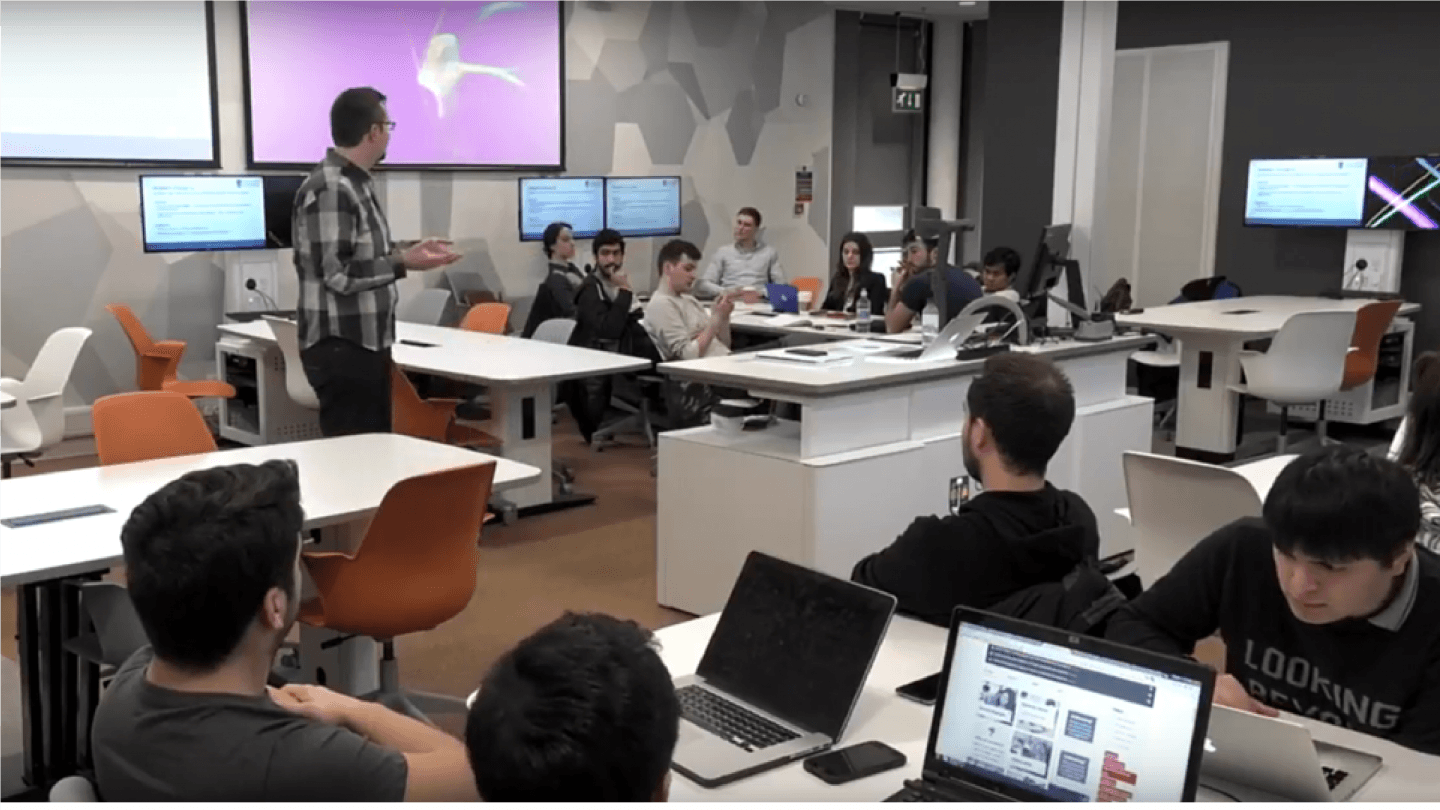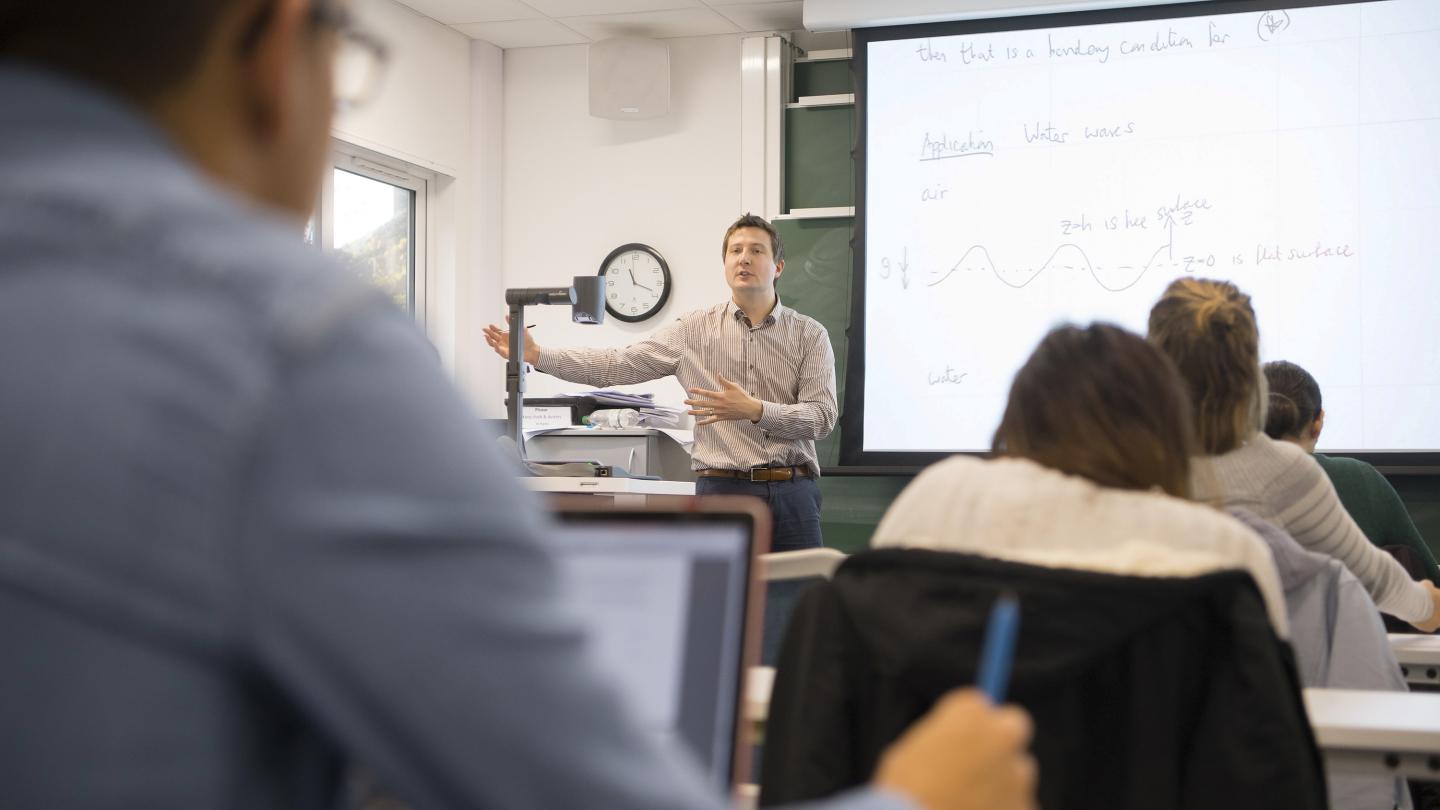
This Thematic Series resource is an output of the Advance HE Scottish National Priority Plan.
The aim of the Thematic Series are to strengthen core academic capabilities of staff through the sharing of effective practice and focused theory, and to support institutional enhancement of learning and teaching, complementing and further building on their existing in-house work. Topics are identified by the Scottish sector, and resources are authored and curated by colleagues from Scottish institutions and aim to guide practitioners to relevant material and experiences to support them in developing their own teaching practice.
Contributors
- Dr Vicki Dale, CMALT SFHEA, Senior Academic and Digital Development Adviser, University of Glasgow
- Professor Jo-Anne Murray, PFHEA, Professor of Educational Innovation and Assistant Vice-Principal (Digital Education), University of Glasgow
- Professor Frank Coton, Vice Principal (Academic Planning & Technological Innovation), University of Glasgow
- Professor Moira Fischbacher-Smith, PFHEA, Vice-Principal (Learning & Teaching), University of Glasgow
- Mr Liam Brady, Vice President Education, Students Representative Council, University of Glasgow
- Mr Nigel Hutchins, Learning Materials Development Coordinator, University of Glasgow
Acknowledgements
- Senior management within the University of Glasgow for encouraging and supporting innovation in digital education, academic staff and students for their contributions as dedicated teachers and learners, and learning technology and academic development colleagues who have enabled this work
- Colleagues in Arizona State University for allowing us to share their experiences of, and aspirations for, digital education.
Technology-enhanced learning (TEL)
Technology-enhanced learning (TEL) can be defined as any form of digital education either in or outside a physical classroom, to support active student learning.
As well as fully online distance education, TEL includes blended learning. Garrison and Kanuka (2004, p.96-7) define blended learning as the “thoughtful integration of classroom face-to-face learning experiences with online learning experiences”, acknowledging that this approach leads to a reduction in face-to-face contact (Graham, Woodfield and Harrison, 2013), especially where that contact time has traditionally been used for didactic information transmission.
TEL puts students at the heart of learning, teaching and assessment, giving them flexibility and control over their learning, facilitated by considerate educators who offer their students opportunities for authentic, deep learning and application of knowledge through problem-solving. While there may be a need to induct students and staff into such new ways of digital learning, teaching and assessment, the outcome should be an enhanced learner experience and learning outcomes, an improved teaching experience, and a positive institutional reputation with a global reach.
Student considerations
In this video, Liam Brady, VP Education, Students Representative council at the University of Glasgow, talks about the student perspective on TEL.
Digital literacies
Independent and personalised learning
Digital equity
Student video commentaries
Student video commentaries, created as part of the QAA Scotland funded ‘Transitions to blended learning’ project, reveal students’ experiences of blended courses, and technology-enhanced active learning (TEAL) spaces. An inter-institutional collaborative product also funded by QAA Scotland also provides a suite of resources for supporting student transitions into and through online learning, which are openly available for reuse.
Staff considerations


Transforming education
Learning technology support for teachers
Academic staff need to be adequately supported to engage in TEL, and while early adopters in institutions play a critically important role in supporting their peers, this is not their responsibility. The employment of learning technologists at a local (e.g. school) level, who can provide just-in-time assistance for staff using VLEs and other educational technologies is crucial for the wider adoption of TEL in institutions.
Staff video commentaries
Staff video commentaries reveal academic experiences of blended courses, and recommendations for sources of support.
Learning design
One of the biggest misconceptions around TEL is that it saves time. Rather, it is often the case that while a blended or online approach can save effort in the longer term, staff need to invest in a ‘front-loading’ of time and effort, in terms of designing and developing TEL materials. It is therefore important that the institution lends its support to academics who champion innovations in TEL.
Institutional considerations
In this video, senior managers and educators from the University of Glasgow present their reflections and aspirations for TEL.
Innovation and infrastructure
Agile systems and processes
Another aspect of TEL is supporting the lifelong learner. Changes in government funding in some parts of the UK is driving universities to deliver short courses to upskill learners in the workplace. This necessitate further institutional changes to systems to support this type of learner; for example, registering and making payment for single courses, micro-credentialing and the “unbundling” of degree provision.
Recognition and reward
The international perspective
In this video, colleagues from Arizona State University present an overview of their aspirations for TEL.
Learning from the research
Consultations
In terms of sector-wide consultations, the Jisc Digital Insights work presents the outcomes of staff and student surveys regarding TEL in the UK; this gives an insight into tertiary education sectors’ engagement with technology-enhanced learning and teaching, and some of the barriers and enablers that exist. The NMC Horizons Report for Higher Education, assembled by global experts in learning technology, forecasts key trends, significant challenges and important developments in educational technology in the short, mid and long terms, which can be useful in guiding strategy and opportunities for academic development.
Academic texts
In terms of the peer-reviewed articles, monographs and books, we would recommend:
Adekola, J., Dale, V. H. M., & Gardiner, K. (2017). Development of an institutional framework to guide transitions into enhanced blended learning in higher education. Research in Learning Technology, 25, 1-16. doi:https://doi.org/10.25304/rlt.v25.1973
Garrison, D. R. (2011). E-learning in the 21st century : a framework for research and practice (2nd ed.). London: Routledge.
Garrison, D. R., & Kanuka, H. (2004). Blended learning: Uncovering its transformative potential in higher education. The Internet and Higher Education, 7(2), 95-105. doi:http://dx.doi.org/10.1016/j.iheduc.2004.02.001
Gordon, N. (2014). Flexible Pedagogies: Technology Enhanced Learning. Retrieved from https://www.heacademy.ac.uk/flexible-pedagogies-technology-enhanced-learning
Johnston, B., MacNeill, S., & Smyth, K. (2018). Conceptualising the Digital University: The Intersection of Policy, Pedagogy and Practice: Palgrave MacMillan.
Young, C., & Perović, N. (2016). Rapid and Creative Course Design: As Easy as ABC? Procedia - Social and Behavioral Sciences, 228, 390-395. doi:http://dx.doi.org/10.1016/j.sbspro.2016.07.058
Common myths in TEL
1. TEL saves staff time
While there may be efficiencies created as a result of reusing digital educational assets, such as reusable content or even courses, TEL requires an investment of time on the part of learners, teachers and the institution. From an academic staff perspective, it is not acceptable to expect staff to develop blended or online courses in their own time on top of a demanding academic workload. Time must be made available, potentially through staff-buyout. However, this only works when a suitable temporary replacement has been appointed to effectively backfill that staff time. While efficiencies can be accrued in the medium to longer term, any engagement with TEL requires time and effort, from introducing polling technologies into a lecture, to creating online resources for blended learning, or to providing completely online distance learning. It also takes time for an institution to evolve its policies and processes to fully support TEL.
2. TEL is solely for teachers with a technical background
There is often an assumption that only the ‘early adopters’ engage with blended and online learning; however, TEL can be introduced at three levels; the micro stage, where innovations are tried out to establish proof of concept, the meso level of expanding the use of proven innovations across a larger area, or the macro level where established technologies (e.g. the VLE) are embedded in day to day learning and teaching (Dale, V. H. M. (2014). UCL E-Learning Evaluation Toolkit. Retrieved from http://discovery.ucl.ac.uk/1462309/). Consistent with this idea of scale, staff can experiment with TEL at different levels; creating additional online learning materials to supplement traditional teaching, replacing elements of traditional teaching with online activities as part of a blended approach, or adopting a wholly online mode of learning and teaching. In terms of advice on how to approach this, it is generally considered sensible to start small and think big.
3. TEL is a fad
TEL is here to stay. Notwithstanding the recognised benefits in terms of i) enhanced student experience, ii) optimised learning outcomes, and iii) transformative teacher experiences, TEL is necessary to achieve the economies of scale that higher education institutions, in today’s socioeconomic climate, need to achieve in order to stay competitive in a global marketplace.